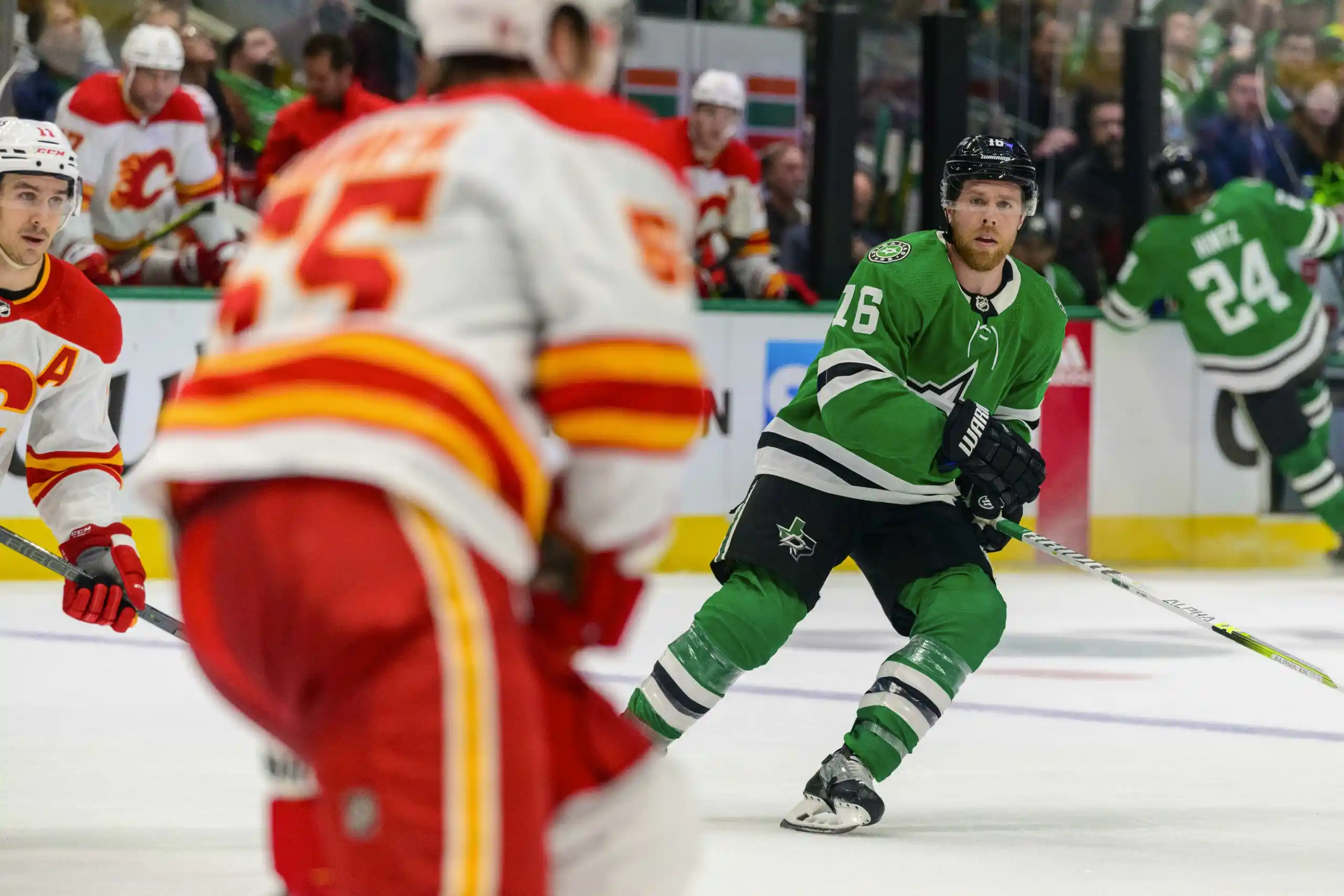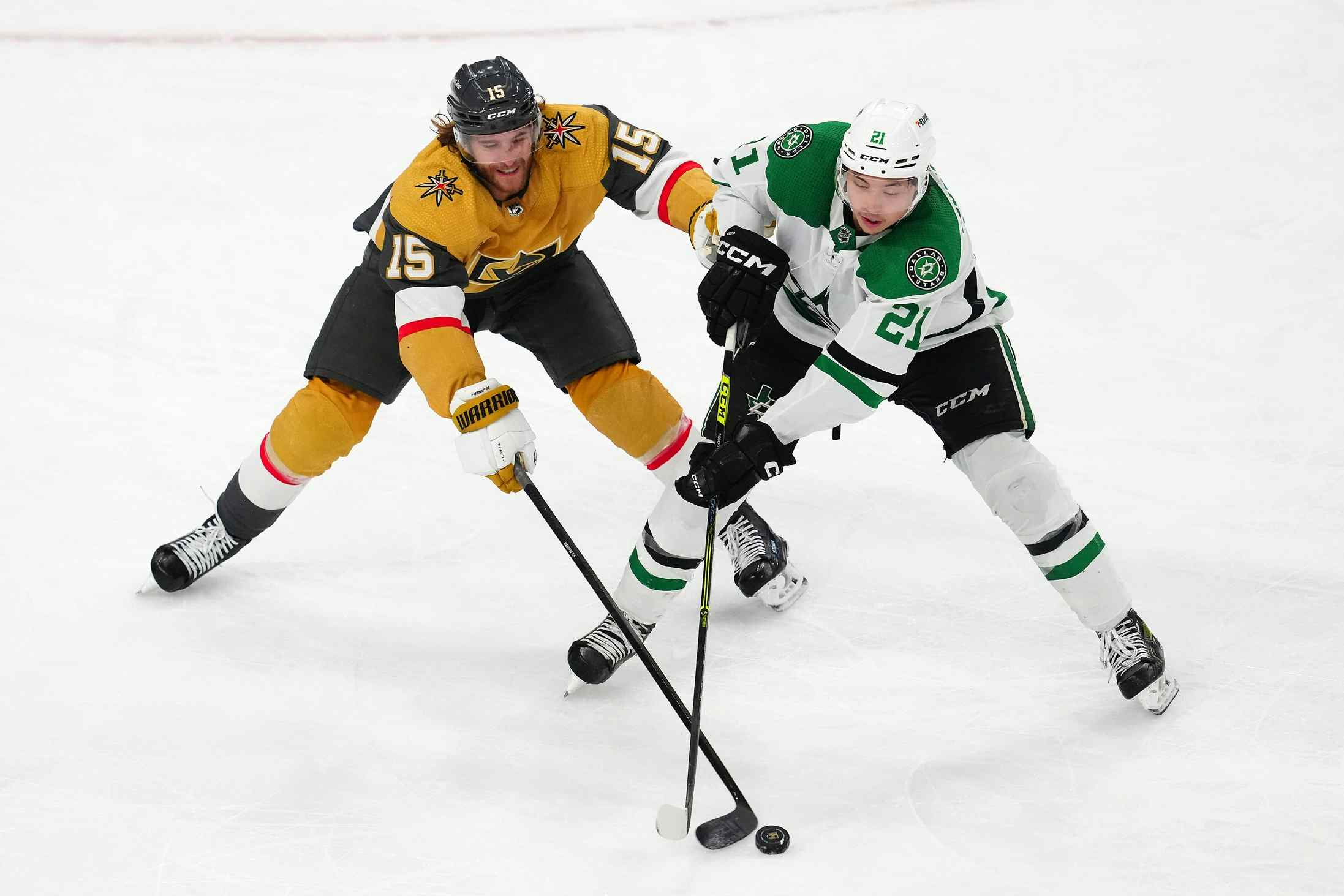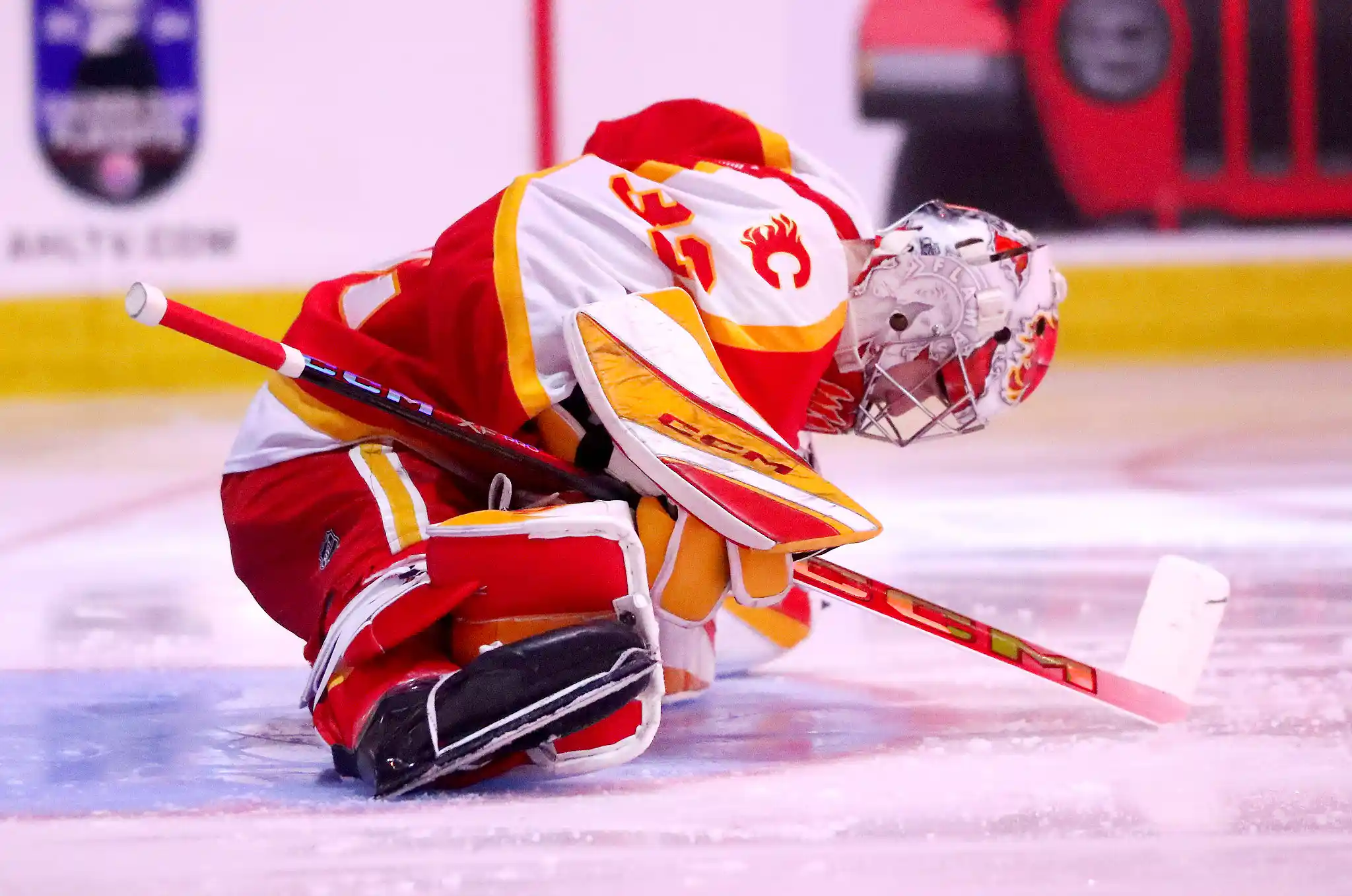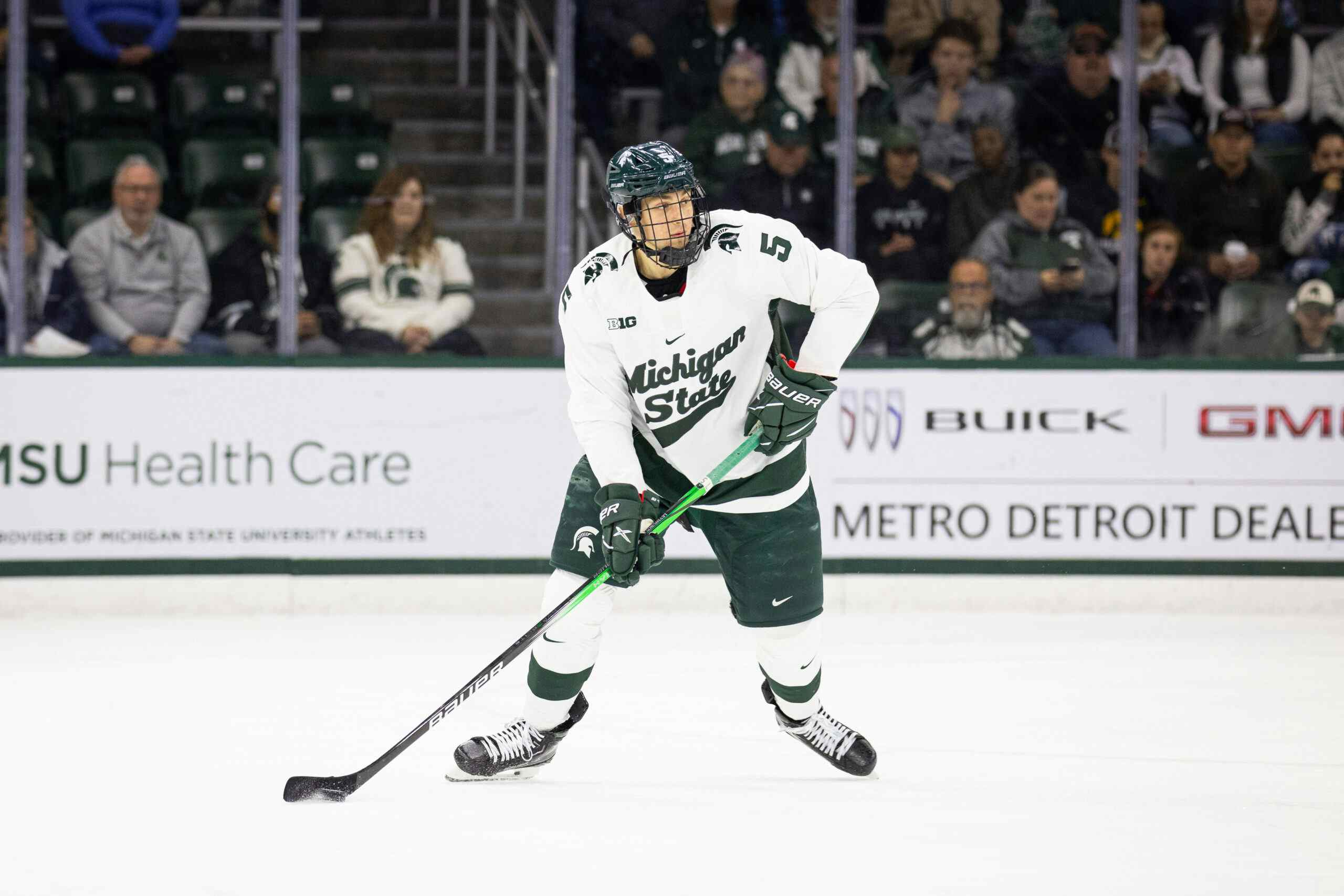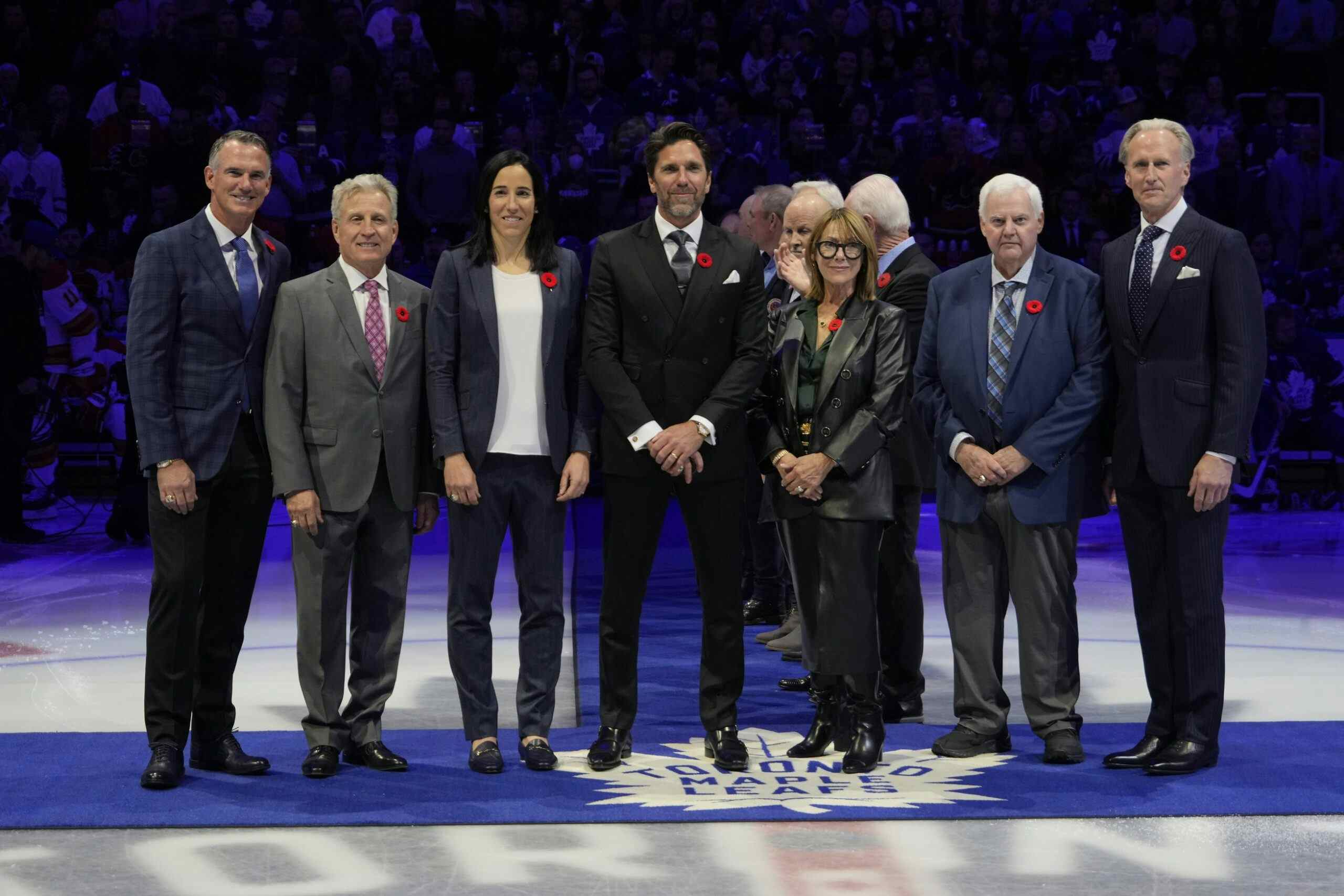Flames have salary cap flexibility, for a little while

By Ryan Pike
4 years agoThe Calgary Flames will be without TJ Brodie for an undetermined period of time following his fainting spell. However, his absence has a bit of a silver lining as placing a second player on the long term injury reserve has given the club the most salary cap flexibility they’ve had all season.
How the cap normally works
Under normal circumstances, NHL clubs are restricted to a maximum of 23 active players and a cap ceiling of $81.5 million. Players on the “regular” injury reserve list count against the cap but don’t count against the roster limit.
If a team has a daily cap hit below the $81.5 million ceiling, it gets pro-rated and can be used on future days.
How the cap works under LTIR
So there are two things that “matter” under LTIR: the accruable cap space limit (ACSL) and the adjusted ceiling. When a team decides to place a player on LTIR, two things happen. They gain the ability to go over the cap ceiling, but in return it becomes tougher to stash away cap space.
The accruable cap space limit is the daily cap hit that the team has to stay under to accumulate cap space. It’s the difference between the cap ceiling and the cap space the team has when it enacts LTIR. For the Flames, they had about $155,000 in space when they put Austin Czarnik on LTIR so their ACSL is about $81.345 million. (So if the Flames want to stash cap space while benefiting from LTIR, they need to keep an active roster of at least 20 players and squeeze under their ACSL.)
The adjusted ceiling is simpler. Take the cap ceiling, add the cap hits of the players put on LTIR, and there’s your adjusted ceiling. With an $81.5 million ceiling and $2.144 million in cap space between Czarnik and Juuso Valimaki, the Flames can spend up to $83.644 million.
How much wiggle room do they have?
A decent amount.
With the 23-man active roster they currently have – two goalies, eight defensemen and 13 forwards – they have just over $700,000 in cap space. Right now Brodie is one of the eight “active” defenders, but he can be placed on the “regular” IR to open up a roster spot to call someone new up. (“Regular” IR can be retroactive and players only need to be on it for a minimum of a week.) Also, Oliver Kylington, Alan Quine, Brandon Davidson and Tobias Rieder are all either waiver exempt or cleared waivers recently enough that they can be sent to the AHL freely.
In other words: the Flames can swap bodies out or add players as long as they have between 20 and 23 active players.
How long will this last?
The Flames will have their higher cap ceiling until Czarnik and Valimaki come off LTIR. Czarnik’s going to be out until around Christmas and Valimaki likely well after that. They will lose a bit of flexibility if Rieder, Quine or Davidson remain on the NHL roster until their waiver exemptions expire. But functionally the Flames will maintain a good deal of flexibility until everybody gets healthy.
Recent articles from Ryan Pike

